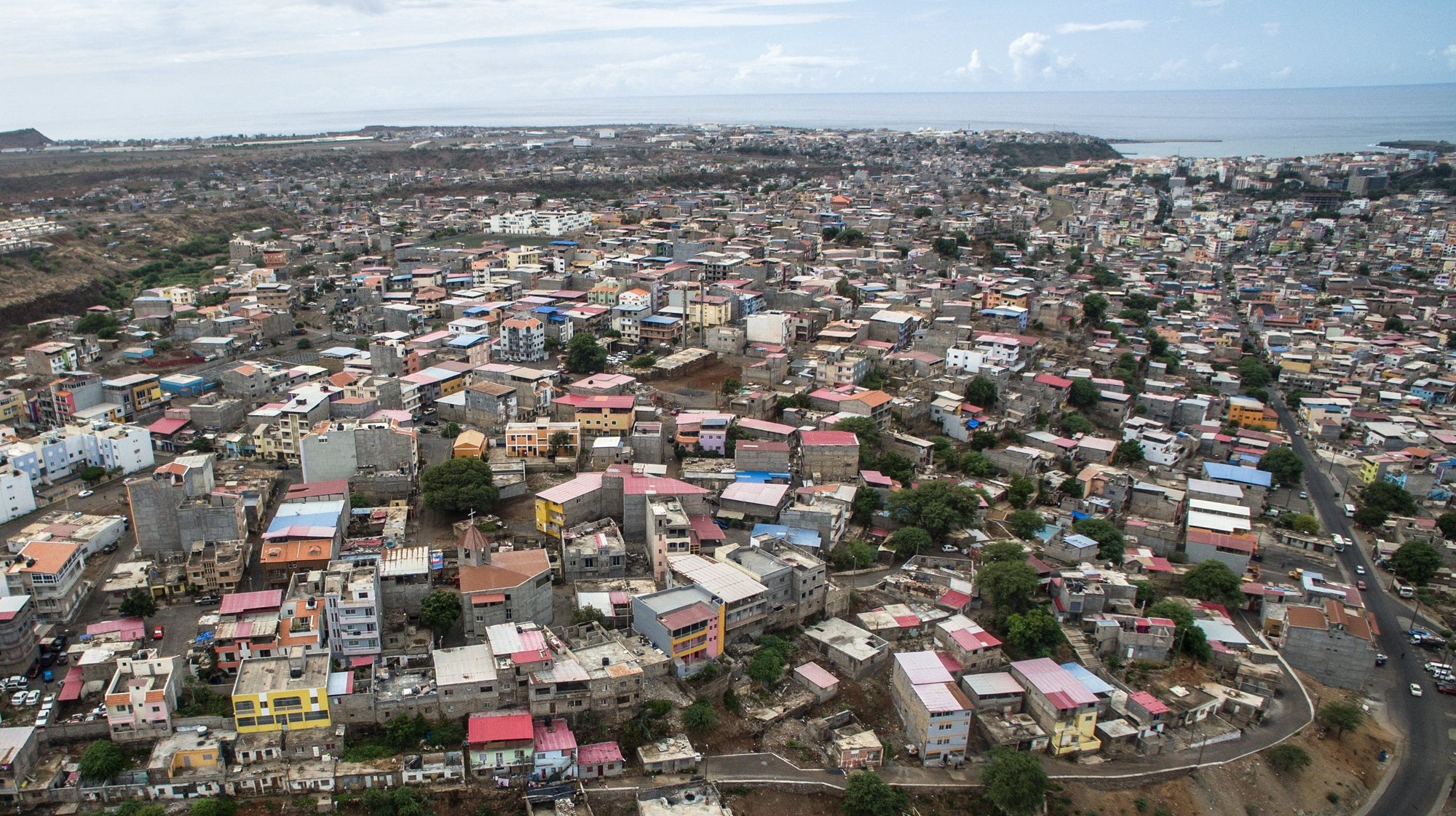A teenager shot in the back in Cape Verde has relaunched the public debate on security and the lack of police power. Nilsa’s death was one more case in the capital, Praia.
Cape Verde’s capital is off the list of notorious crime spots, but the shooting in the back that killed a 16-year-old teenager in mid-August on a street in the city of Praia reignited internal discussion.
In everyday life there is a perception of insecurity among the residents, says Rui Varela, a trucker.
“I leave the docks for home at night. I have to take a taxi and when I get off I look first. And immediately I call my wife to open the door for me”, describes the man who does not want to spend another second in the dark street, with fear of being robbed, in the Ponta D’Água neighborhood, the same one where Nilsa Lima was murdered.
But whoever thinks that crime is exclusive to peripheral neighborhoods like this one, with fewer resources, is wrong, because the data from the authorities show that The central and wealthy areas are those with the greatest participation, says José Rebelo, academic and internal security auditor.
And here another question arises: sociologist Redy Lima admits that on the outskirts of the city, residents file fewer complaints with the police, sometimes preferring turn to neighborhood groups to solve your security problems.
The last victim of the crime, Nilsa Lima, “was a meek girl,” describes a direct relative, who maintains anonymity, for fear of reprisals from the alleged group that attacked her.
He uses the word to illustrate the tranquility of the young student who was preparing to finish compulsory education.
“I was going to set the bar for him” at the 12th grade graduation ceremony, says another family member.
But on the night of August 14-15, while out on the street with friends, he “was shot” in the back “as he was trying to flee from an attack by two individuals,” the police report read. — Who guarantees her quickly came to the place and even helped her.
There are two suspects in custody, aged 19 and 22, who reside in Vila Nova, a neighboring district.
In the streets there is talk of rivalry between groupsas it already existed in Ponta D’Água for more than a decade, and delinquency pure, with illegal access to weapons.
The security issue had not yet calmed down: on May 28, Manuel Moura, a deputy, was shot, surprised by a robbery at the door of his house in Terra Branca, another area; at that time there were already alarms for other kasubody (Of English, cash or bodya robbery) and homicides.
Regarding these crimes, in the judicial year 2020/21, the Public Ministry transferred 46 homicide cases simple and aggravated, compared to 63 the previous year.
The matter reached parliament in June and the Minister of Internal Administration, Paulo Rocha, said that “The Government is committed to reinforcing security”.
In February, the Praia Court ordered pretrial detention for 44 suspects detained in a mega operation Joint effort between the National Police and the Judicial Police, aimed at combating crime in the capital.
But the population doubts: “The police have no strength” complains Mário Gomes, 46, talking to friends in the square of the Ponta D’Água health center.
They can’t hit, otherwise they’ll be out of uniform. Neither shoot, because they are going to take away their weapons. In this situation, the police are powerless and [criminosos] They don’t respect her”, sums up another neighbor.
Mário Gomes praises the strength of the former Anti-Crime Brigade (BAC) of the Cape Verdean police, when asked if this muscular strength is what is needed.
But Redy Lima doubts that this is the case: “when the BAC was in action”, between 2005 and 2016, “in Ponta d’Água there was no calm either. There, the BAC itself killed ”, he affirms.
“We cannot have militarized policemen, with their faces covered, permanently on the streets,” he stresses, stressing that it is necessary to address structural problems, and that implies social and economic governance, not just police action, in a capital of 200,000 inhabitants. and more than 40 districts.
Source: Observadora
